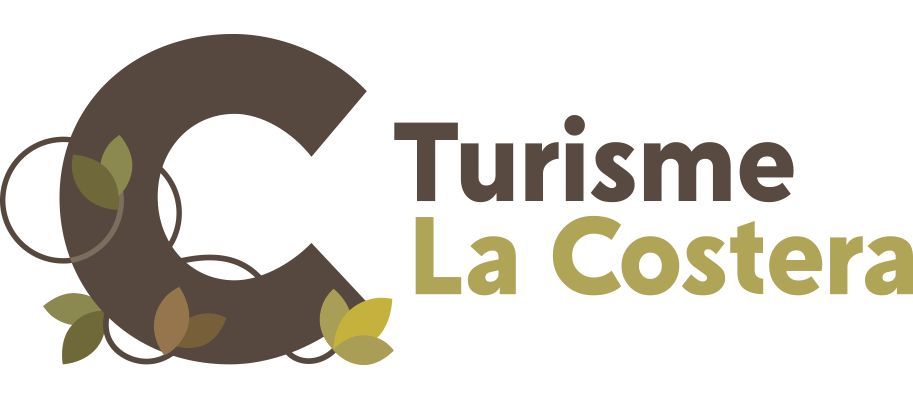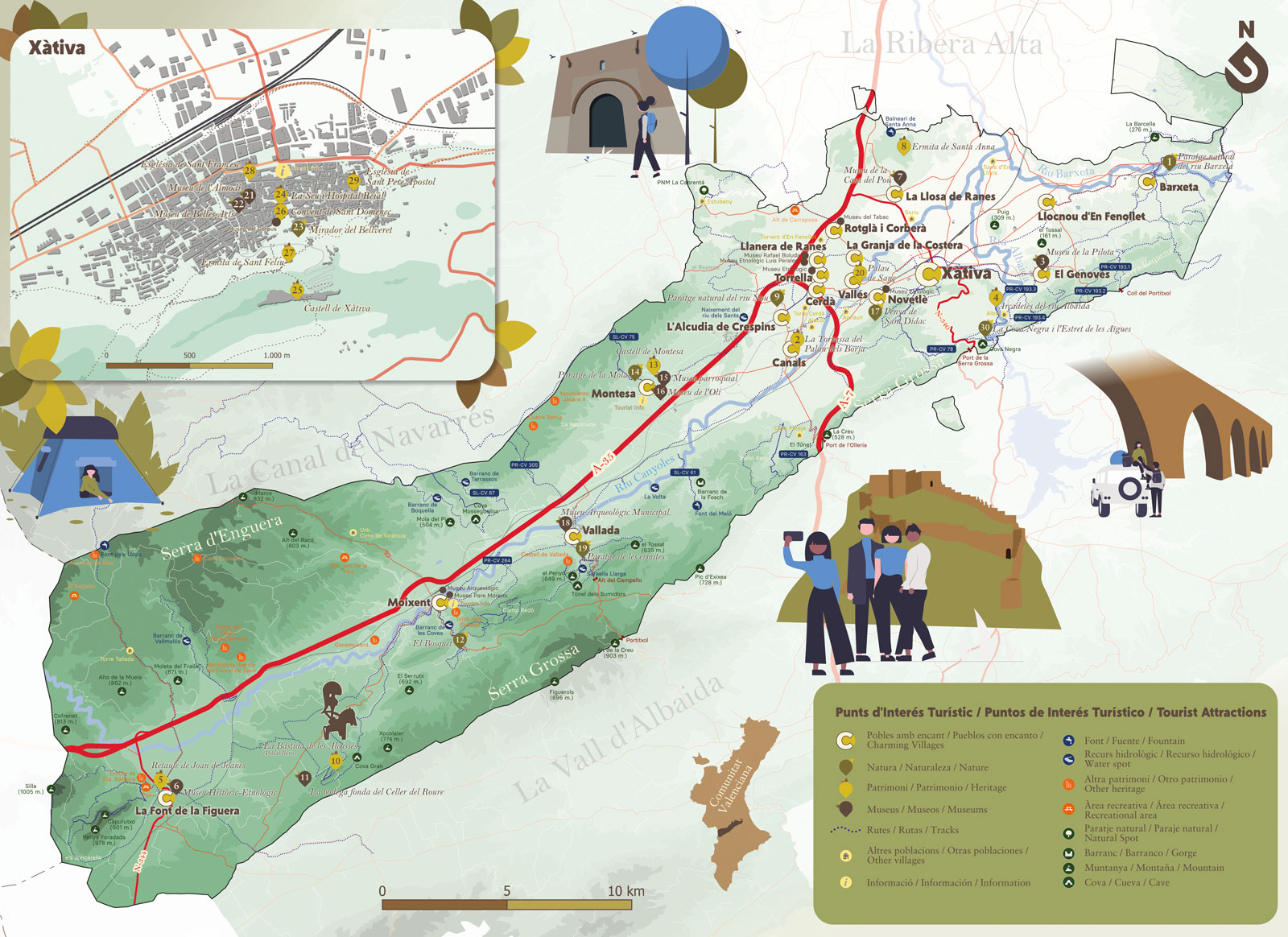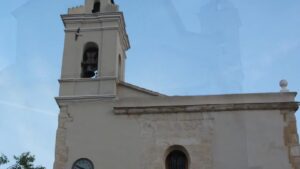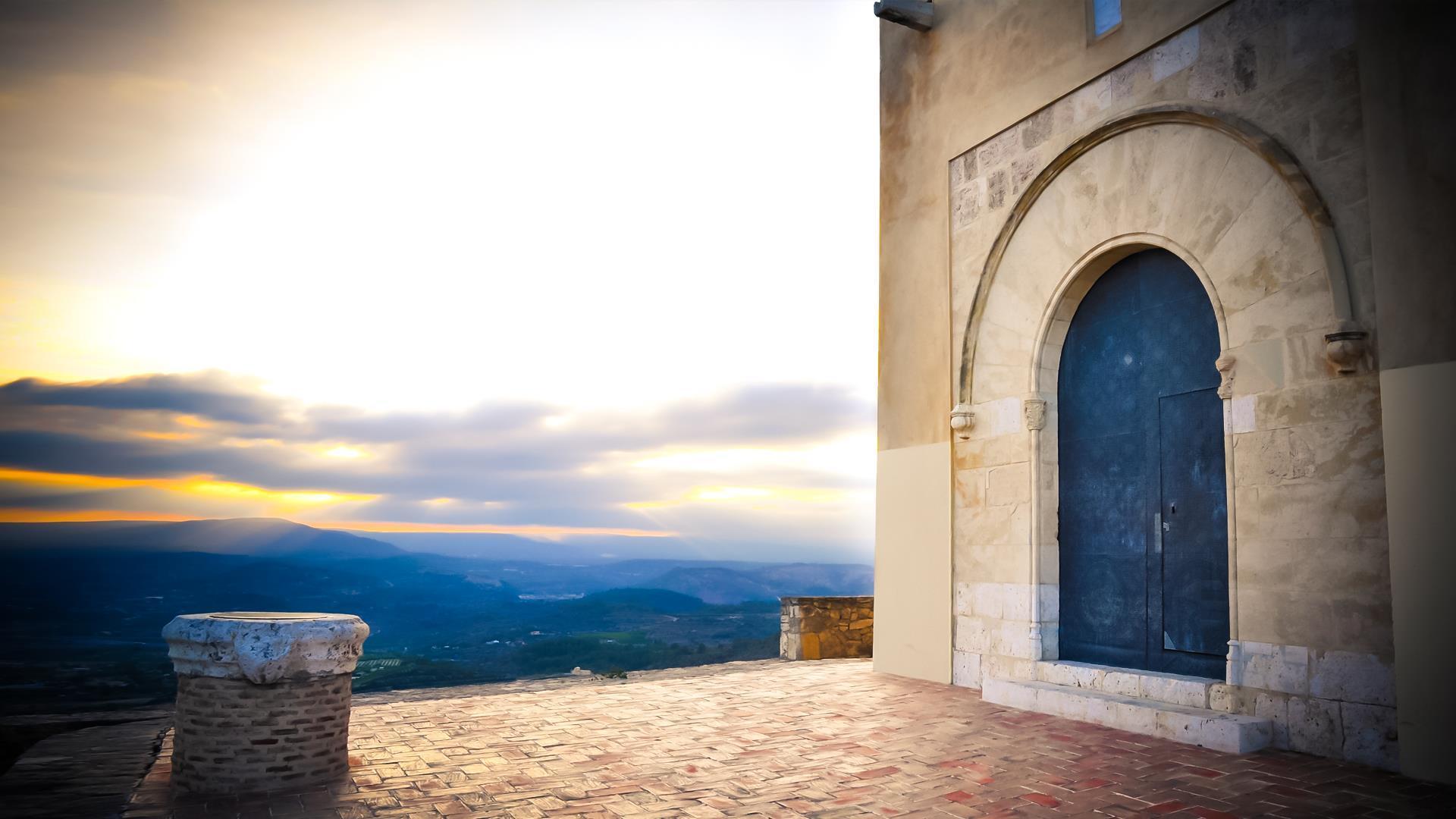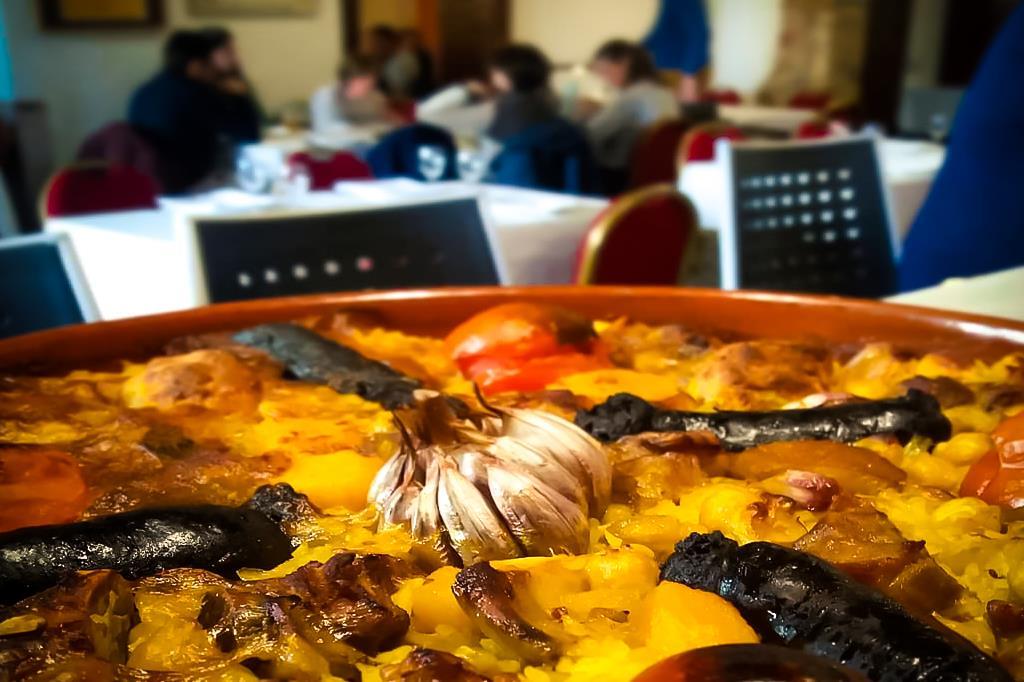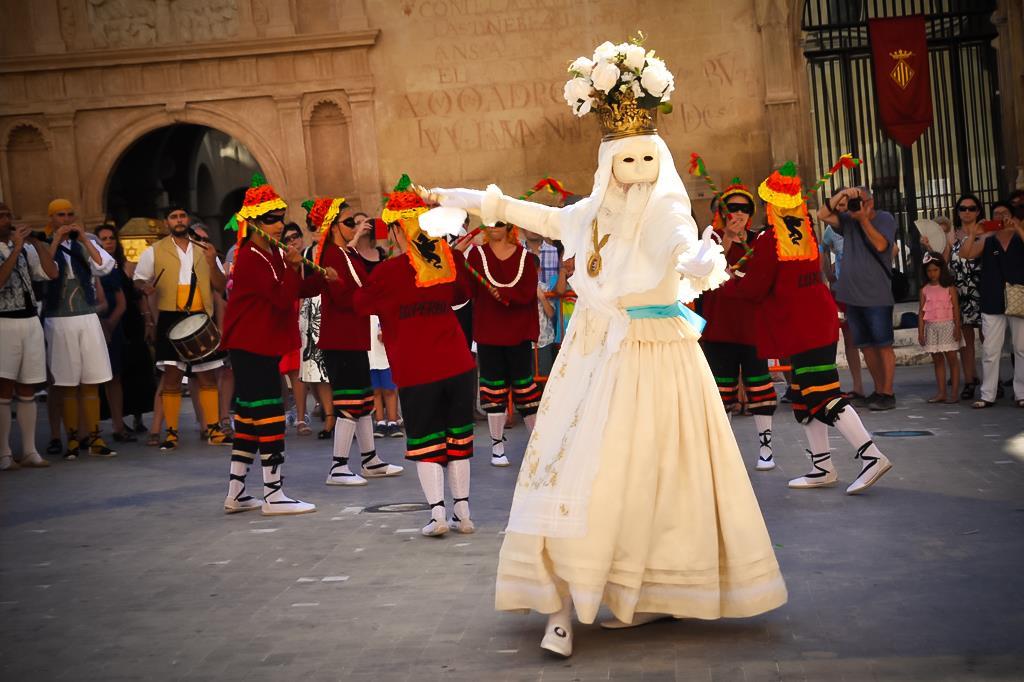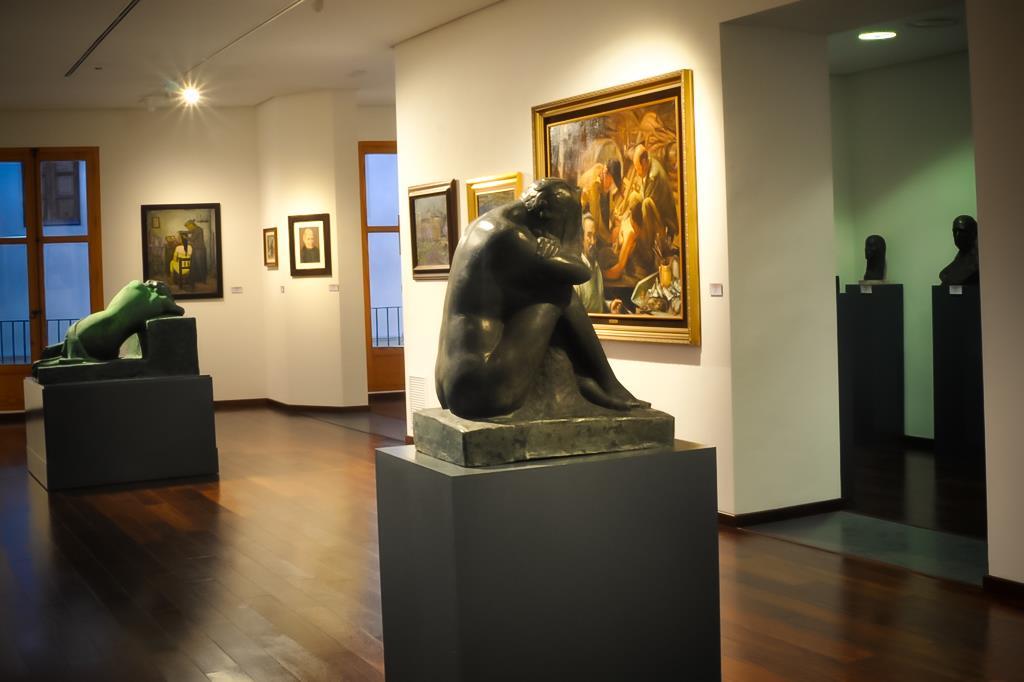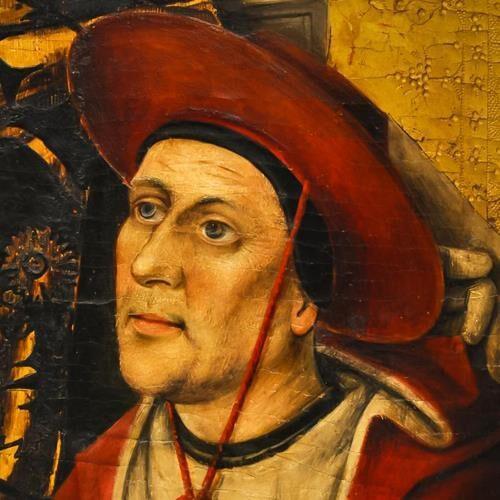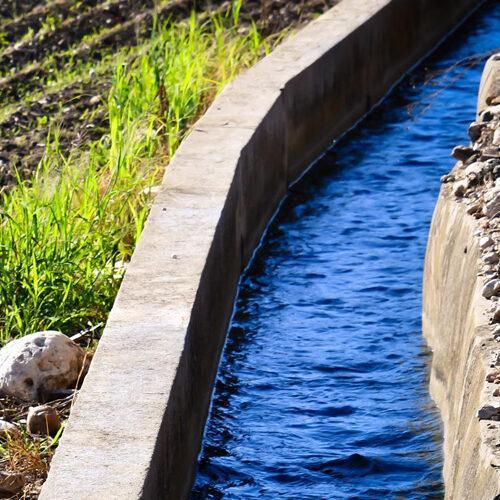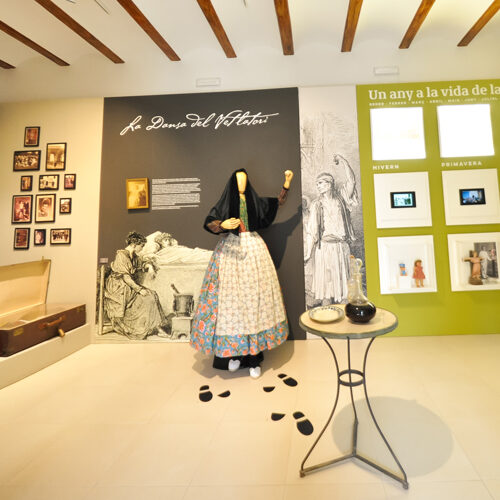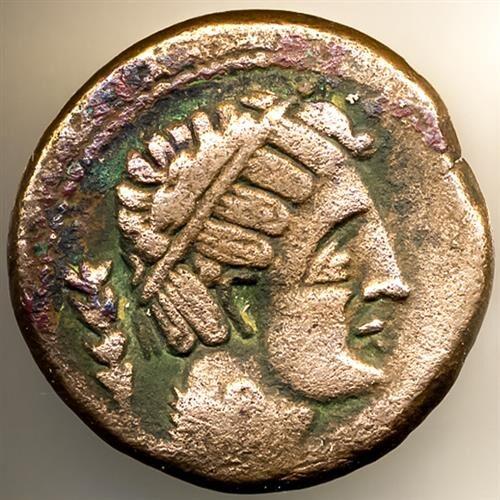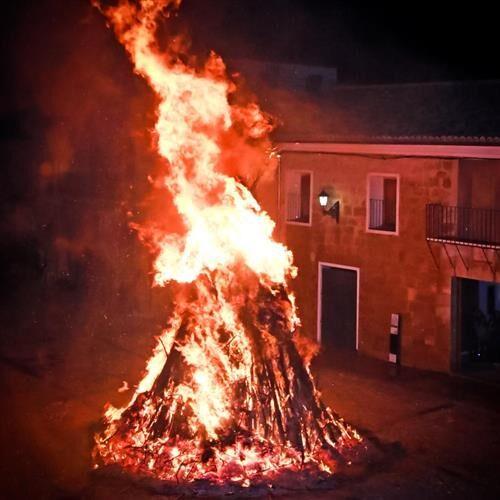INLAND TREASURES
La Costera tourism
Enjoy a unique experience in la Costera.
Contrasts, together with natural and patrimonial wealths, that are hard to grasp at one glance. Roads and stories that lead us to other different ones. A splendid and beautiful land of mountains and valleys that reverberate a millenary echo. The symphony of voices that connects us with the roots. Inland treasures that invite you to savour them leisurely.
Will you join us to discover them?
Play Video
